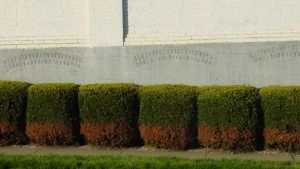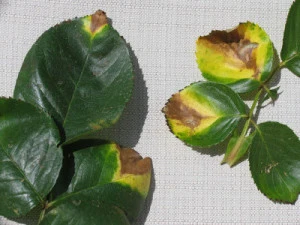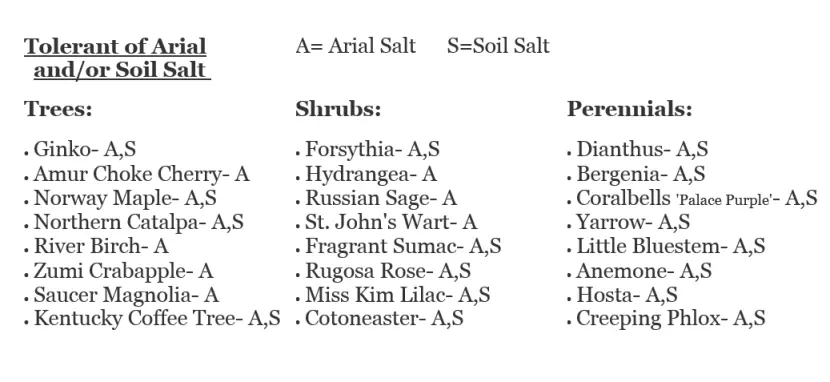
Our Blog
Use our blog as a resource of information pertaining to lawn and landscape maintenance information and services for your properties.

Use our blog as a resource of information pertaining to lawn and landscape maintenance information and services for your properties.
 Road runoff contains dissolved salts that not only injure plants directly but also can change the structure of the soil, causing it to become compacted. This condition restricts the nutrients, water,and oxygen available to the plants, putting them under stress. Shoot tips and young leaves usually receive the most damage. One of the salt-damage-bigsymptoms of salt damage is dried, burnt leaf edges.
Road runoff contains dissolved salts that not only injure plants directly but also can change the structure of the soil, causing it to become compacted. This condition restricts the nutrients, water,and oxygen available to the plants, putting them under stress. Shoot tips and young leaves usually receive the most damage. One of the salt-damage-bigsymptoms of salt damage is dried, burnt leaf edges. How do I prevent it? Salt burn has a simple solution. Don’t pile snow containing salt around plants or trees or put it where runoff might reach plant roots. Ask road-maintenance workers if they can direct salty runoff away from your property. When selecting species for a new roadside planting, minimize the potential for salt damage by planting salt-tolerant selections. Install a low wall or hedge of salt-tolerant evergreens, which can deflect salt spray away from sensitive plants nearby.
How do I prevent it? Salt burn has a simple solution. Don’t pile snow containing salt around plants or trees or put it where runoff might reach plant roots. Ask road-maintenance workers if they can direct salty runoff away from your property. When selecting species for a new roadside planting, minimize the potential for salt damage by planting salt-tolerant selections. Install a low wall or hedge of salt-tolerant evergreens, which can deflect salt spray away from sensitive plants nearby.
 Before I started working with Beautiful Blooms, I had never really paid attention to frost, I just knew that my lavender plants would get fussy after a harsh winter. During the beginning of spring, we typically start an hour later than we would during the summer. The crews come in on time, load up their trucks, and are eager to head out to fulfill their tasks for the day. One morning, after our daily “morning meeting”, Loriena gave a little lecture on frost. She explained to the crew why it’s important to stay off our client’s grass until the sun has come up and melted the frost. She explained how frost can form and how to avoid damaging lawns and other plant material. Continue Reading…
Before I started working with Beautiful Blooms, I had never really paid attention to frost, I just knew that my lavender plants would get fussy after a harsh winter. During the beginning of spring, we typically start an hour later than we would during the summer. The crews come in on time, load up their trucks, and are eager to head out to fulfill their tasks for the day. One morning, after our daily “morning meeting”, Loriena gave a little lecture on frost. She explained to the crew why it’s important to stay off our client’s grass until the sun has come up and melted the frost. She explained how frost can form and how to avoid damaging lawns and other plant material. Continue Reading…
Post to blog article on website: The temperature can be perfect for frost, she explained, but if it’s overcast and windy, frost either won’t occur or it will be light. But this doesn’t mean the grass cannot freeze, or form ice. It is important to keep off grass that has a heavy frost, especially when the height is kept short.
Here’s the easiest way I can describe why it’s best to keep off frozen lawns. When you walk on frost or frozen grass, you can literally break the grass blades. It is no different than if you dropped a full glass of water on a hard floor. The glass breaks and all the contents leak out. In the case of turf we break the cell membranes which causes internal damage to the plant. This typically results in...
Just complete the form below to get a pricing quote.
